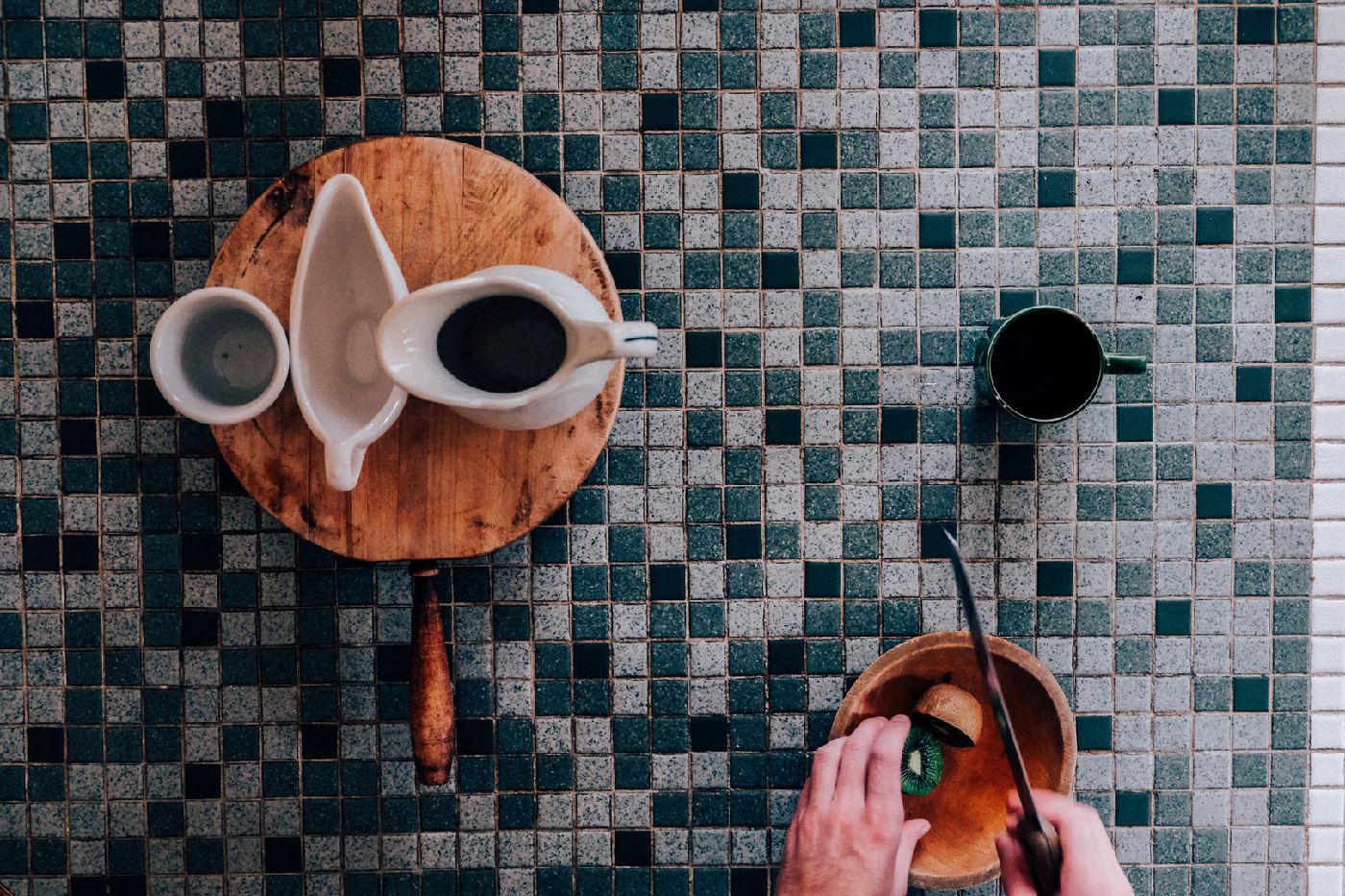
CERAMIC TILE
Tile is fashionable and practical with its natural look, beautiful designs and durability. Tile is available in an infinite number of colors, sizes, shapes and finishes, so there is no limit to the beautiful, personalized designs you can create.
With its timeless beauty and long-wearing durability, ceramic and porcelain tile flooring creates a unique look that's as practical as it is personal.
It's perfect in kitchens and baths where moisture resistance and easy maintenance are essential. And its impact and scratch-resistant properties make it ideal for family and recreation rooms that get heavy-duty use.
Since color and design are so important in creating the right look for your home, Sherer's Flooring has taken special care to directly import products that offer the right blend of colors, sizes, textures and finishes to express your individuality. Sherer's Flooring offers a broad array of products in ceramic floor tiles to beautiful porcelain products.









FOLLOW US